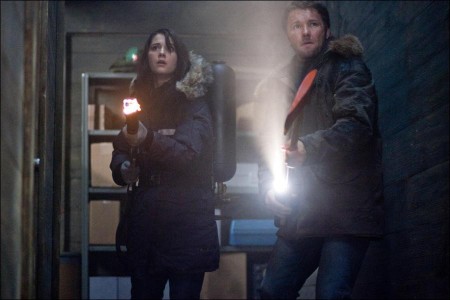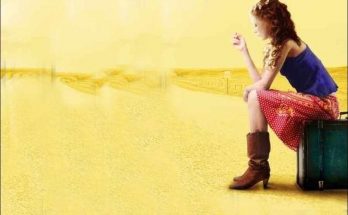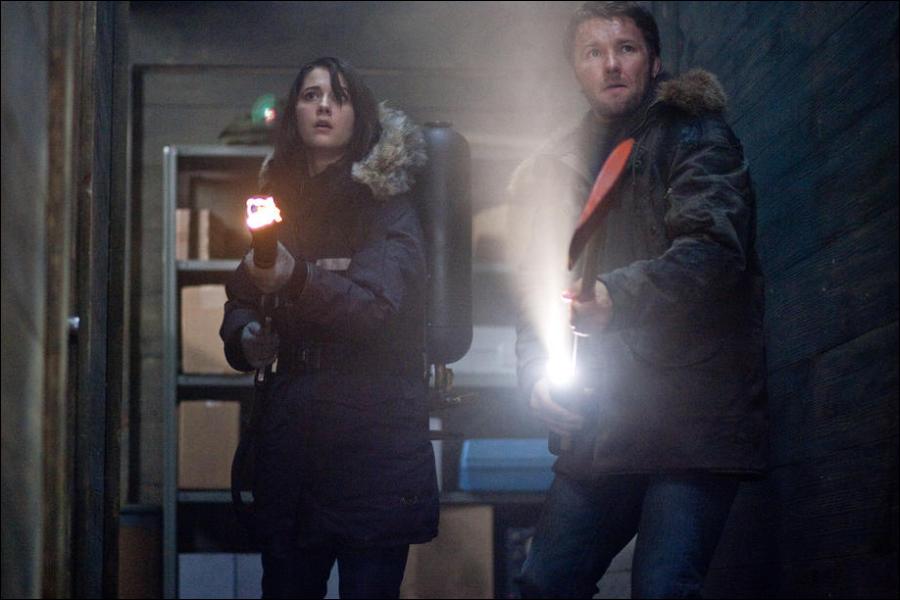Production designer Sean Haworth was faced with a daunting creative challenge as he began to tackle The Thing: he had to design the look of the film from Carpenter’s earlier version. Haworth explains: “It was a lot of detective work, poring over every little moment. There were so many clues left behind, and you had to pick the ones that were important and that made sense.”
Haworth read journals from people who have lived in Antarctica, reviewed a number of documentaries on the subject and studied endless pictures to create the look that he and director van Heijningen wanted for the film. “It’s a Norwegian base, but the characters come from different parts of the world,” the designer states. “Each character would bring parts of their world with them: family photos, personal items, books that they would read and music to listen to.” The Norwegian cast was also a good source of information for him. For example, they were able to suggest Norwegian songs that were popular in 1982 and would be sung by the Thule Station crew.
Most of the action in The Thing takes place at this Norwegian research camp in Antarctica. The film was shot in northern British Columbia (BC), as well as in and around Toronto. Of shooting in BC, Newman comments: “There are only so many places you can take all these people where there are no trees and where it looks like Antarctica…without actually going to Antarctica. The fact that we ended up in Stewart, BC, close to where they shot the original film, is not totally a coincidence.”
The location allowed the filmmakers to deal with the inherent tight quarters and paranoia in a logical way. Newman adds: “This is a very claustrophobic experience for the characters. You walk 30 paces out of the camp, and you can get lost and freeze to death in less than an hour. This was part of establishing the scope and reality of the place. It’s important to show it as incredibly beautiful, but also as a very dangerous place.”
For executive producer David Foster, it was a bit surreal to revisit the world of The Thing during the course of the shoot. He notes, “When we were filming in Canada, it took me back 30 years to the first picture. Though our protagonist is now a heroine instead of a hero, Kate’s dawning realization in the Norwegian camp that she must take charge in this frigid landscape was just as powerful as MacReady’s in the American outpost. If you didn’t know better, we could have easily been back on our former set preparing to head into the frozen wilderness.”
Winstead found the locations quite helpful for getting into character. “Isolation is a big element in the film, as is being separated from people and not knowing who you can trust and who you can relate to,” she says. “Having it set in such a vast, remote facility where there’s no help, and there’s nothing for miles, adds to the paranoia and the claustrophobia.”
The choice of location was also dictated by other production needs, such as the ability to burn the camp to the ground, helped in part by eager stunt performers who were comfortable being hit by flamethrowers. As well, a quarry outside of Toronto was used extensively during production. Haworth and his team had to create Antarctica over a base of rocks and gravel. As weather conditions made it impossible to know what to expect, and Haworth required snow on a consistent basis, the only solution was to create an artificial environment.
“We started experimenting with every type of snow methodology we could come up with,” Haworth recalls. “Our fantastic scenic artist spent a lot of time testing. He came up with a great method of making artificial snow, which involved a lot of melted wax, and creating the equipment to spray the wax in large quantities.” Re-creating Antarctica presented many challenges to the designer’s team. “The carpenters and the scenic painters did their waxwork, and the special-effects guys created 92 kinds of snow. There was a lot of head scratching, research and elbow grease that went into it.”
The artificial snow was a success. Despite climatic conditions that fluctuated between extreme heat and torrential rain, after three weeks of shooting, the snow stayed consistent. Those who tread upon it felt as if they were still walking upon snow. Winstead relates: “Every day they piled on the fake snow and ice it felt so real, and it made it feel colder. It’s amazing the kind of psychological effect that has on you.”
Edgerton has another memory of the events. “In the beginning of April we were outside, and it was freezing,” he says. “Toward the end of the shoot, it was 30 degrees Celsius and we were still in the same outfits…dressed like we’re in Antarctica. You go outside and everyone’s wearing shorts and wife beaters. The temperature was pretty funny.”
Related Link: Read the Full Production Notes for The Thing
Views: 210





